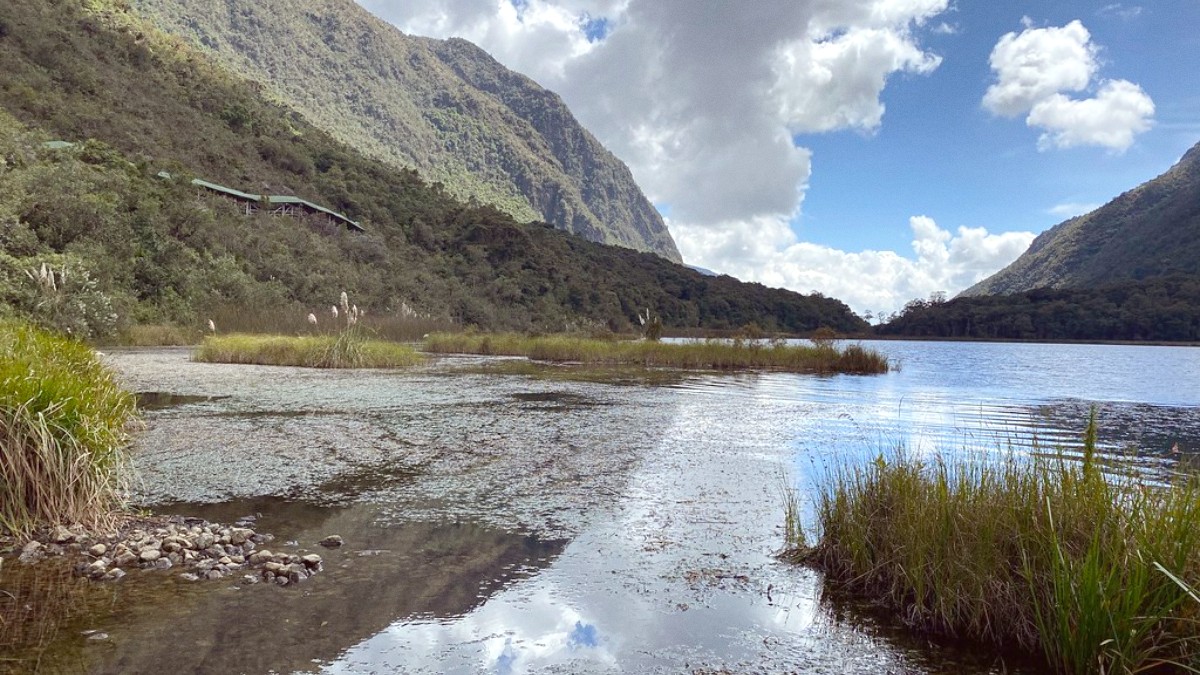
The Southern Highlands, Ecuador
While Cuenca has its own airport, international travelers typically arrive via larger hubs and connect domestically. Familiarity with major airports and airline operations streamlines your journey.
Direct international flights to Cuenca are not available.
Mariscal La Mar Airport (CUE) is small, with basic facilities. It includes a few shops, cafes, and taxi stands. The airport layout creates a comfortable, if compact, experience.
From Cuenca (CUE) Airport to City Center: Taxis are readily available ($3-$5 to historic center). Local buses pass near the airport (around $0.30, less convenient with luggage).
From Guayaquil (GYE): Direct buses (3.5-4 hrs, $8-$12) or domestic flights to CUE (45 mins). From Quito (UIO): Long-distance buses (8-9 hrs, $10-$15) or domestic flights to CUE (45 mins).
A valid driver's license from your home country is generally accepted for up to 90 days. An International Driving Permit (IDP) is recommended for easier interpretation by local authorities.
Available from international (Avis, Hertz) and local agencies in Cuenca and major airports (UIO, GYE). Check RentalCars.com for options to compare prices. Fuel remains relatively inexpensive. Rental cars are more practical for day trips outside the city.
Major roads are generally paved and in good condition. Rural roads can be unpaved and narrow. Ecuadorian drivers can be aggressive; defensive driving is necessary. Avoid driving long distances at night.
Most international air ticket prices typically include departure taxes.
Both Cuenca's airport and bus terminal provide facilities to assist departing travelers. Knowing what to expect streamlines your departure experience.
Seamless transfers from major international airports to Cuenca are to a stress-free arrival.
Cuenca boasts a well-developed public transportation system, including local buses and a modern tram system called the Tranvía. These options present economical and widespread city coverage.
Taxis and ride-sharing apps create convenient ways to get around Cuenca, especially for direct routes or when carrying luggage. They offer flexibility and speed for urban travel.
Walking often makes the best way to experience Cuenca's charm, especially in its historic core. Most attractions remain easily accessible on foot.
Cuenca has some dedicated bike lanes, especially along rivers. Cycling in heavy traffic areas can be challenging. Rental bicycles are available.
Cuenca presents specialized transport options for tourists, boosting sightseeing opportunities. The red double-decker "City Tour" bus runs hop-on-hop-off services to major attractions.
For those seeking more independence, car rentals present flexibility for exploring Cuenca and its surroundings. Understand the requirements and local driving conditions.
Familiarize yourself with local driving laws and expect varying road conditions. Safety on the road requires awareness of local driving styles.
In the historic center, street parking is regulated and often limited. Look for public parking garages (parqueaderos) which provide secure parking for a fee.
Availability for tourists is limited in Cuenca. These vehicles are more commonly available in coastal areas of Ecuador.
Newer infrastructure like the Tranvían is accessible. However, Cuenca's historic center presents challenges for travelers with mobility impairments due to cobblestone streets and narrow sidewalks.